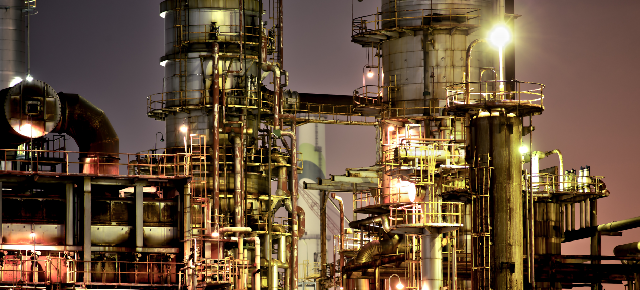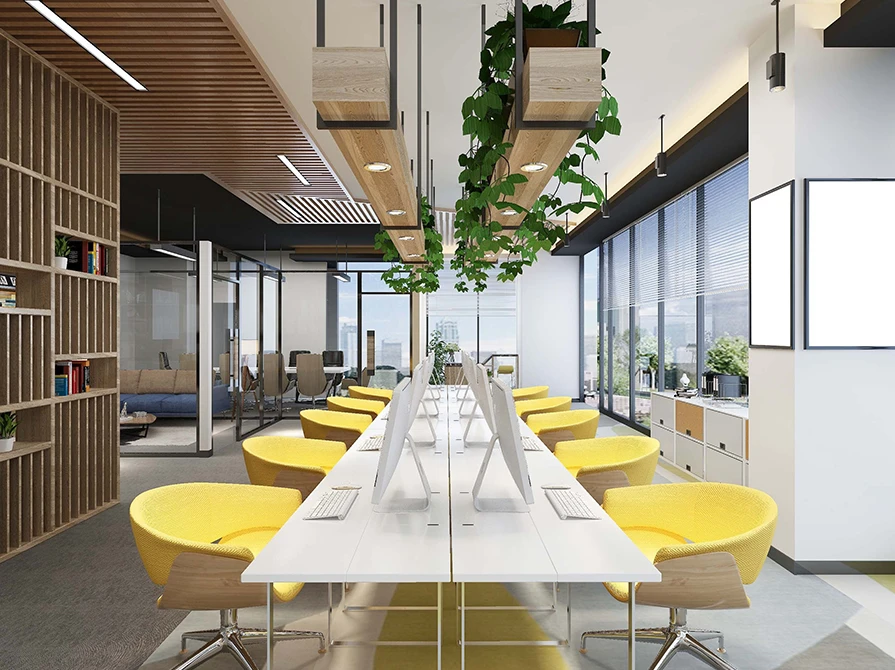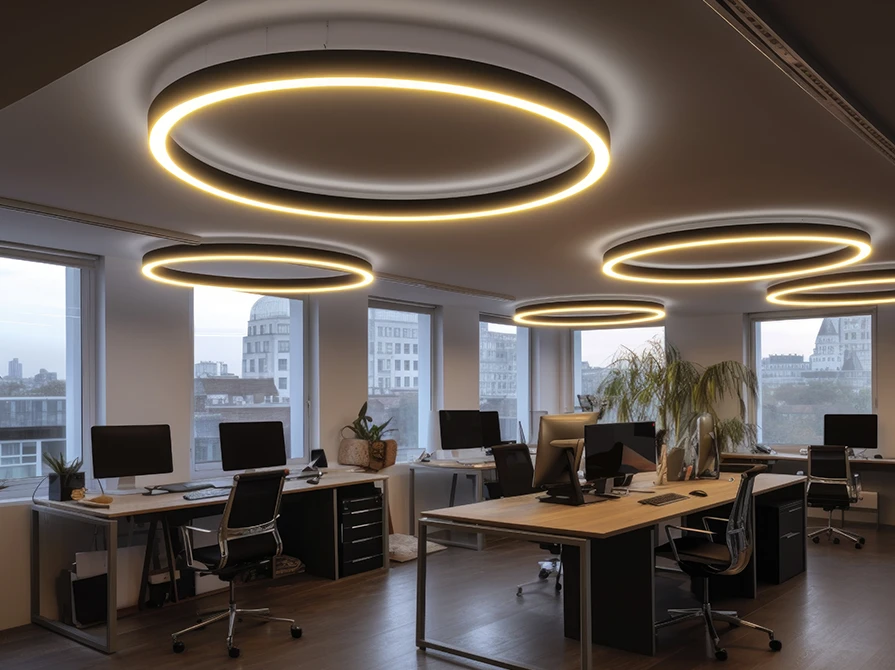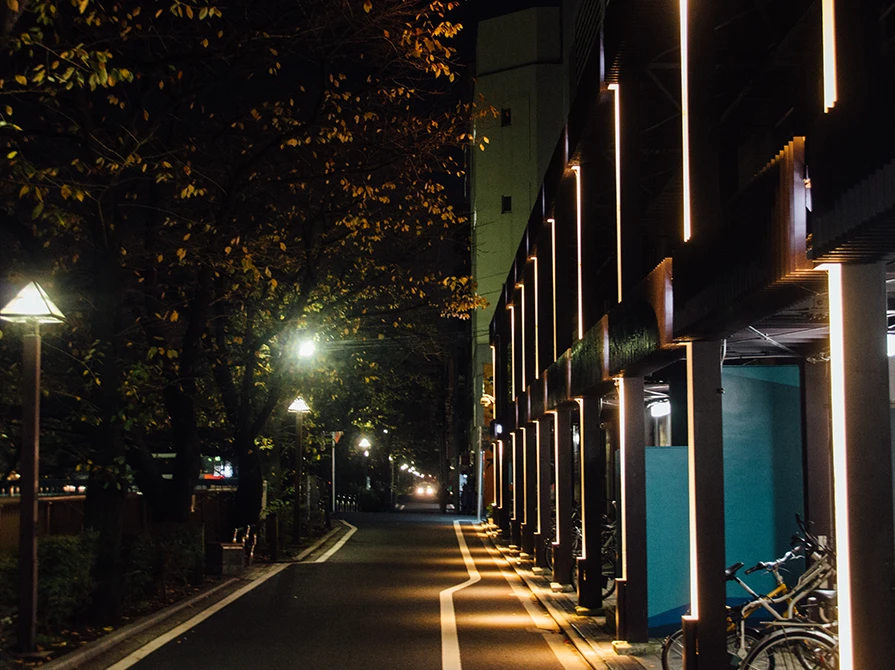Glowing Safety: The Role of Industrial Lighting in Accident Prevention
Industrial environments are often fraught with hazards, and ensuring the safety of workers is paramount. One critical, yet sometimes overlooked, aspect of maintaining a safe work environment is proper industrial lighting. Effective lighting solutions not only enhance visibility but also play a significant role in accident prevention, thereby protecting workers and ensuring smooth operations. This blog explores the vital role of industrial lighting in accident prevention and highlights best practices for implementing effective lighting strategies.
The Importance of Proper Lighting in Industrial Settings
Industrial facilities, including factories, warehouses, and construction sites, are typically characterized by their vast spaces, heavy machinery, and complex workflows. Poor lighting in these environments can lead to numerous safety issues, including:
- Reduced Visibility: Insufficient lighting can make it difficult for workers to see obstacles, machinery, or hazards in their path.
- Eye Strain and Fatigue: Poor lighting can cause eye strain, leading to fatigue and decreased alertness, which increases the likelihood of accidents.
- Inadequate Task Lighting: Certain tasks require focused lighting to be performed safely and accurately. Inadequate task lighting can result in mistakes and accidents.
- Poor Color Rendering: Lighting that does not accurately render colors can lead to the misidentification of materials and safety signals, potentially causing accidents.
Enhancing Visibility and Reducing Accidents
One of the primary functions of industrial lighting is to enhance visibility. This is crucial in preventing accidents, as workers need to clearly see their surroundings to navigate safely and perform tasks accurately. Here are some key strategies for enhancing visibility through effective lighting:
- Uniform Illumination: Ensuring that the entire workspace is uniformly lit helps eliminate shadows and dark spots where hazards can be concealed. This can be achieved through strategic placement of overhead lights and supplementary lighting in areas that are prone to shadows.
- Task-Specific Lighting: Different tasks require varying levels of illumination. For instance, detailed assembly work or inspection tasks necessitate higher light levels compared to general warehouse activities. Providing task-specific lighting ensures that workers have adequate light for the particular tasks they are performing.
- Emergency Lighting: In the event of a power outage or emergency, adequate lighting is essential for safe evacuation and emergency response. Emergency lighting systems should be installed to automatically activate when regular lighting fails.
- High-Intensity Discharge (HID) and LED Lighting: HID and LED lighting solutions are highly effective in industrial settings due to their brightness and energy efficiency. LED lights, in particular, offer uniform light distribution, long lifespan, and reduced maintenance costs, making them ideal for enhancing visibility in industrial environments.
Reducing Eye Strain and Fatigue
Worker fatigue is a significant contributor to accidents in industrial settings. Proper lighting can help reduce eye strain and fatigue, thereby maintaining worker alertness and productivity. Here are some ways to achieve this:
- Adequate Lighting Levels: Ensuring that lighting levels are appropriate for the tasks being performed helps reduce eye strain. Lighting levels should be measured and adjusted according to industry standards and recommendations.
- Glare Reduction: Glare from lighting fixtures can cause discomfort and reduce visibility. Anti-glare lighting solutions, such as diffusers and shielded fixtures, help minimize glare and create a more comfortable working environment.
- Natural Light Integration: Incorporating natural light into industrial spaces can improve worker well-being and reduce reliance on artificial lighting. Skylights, windows, and light tubes can be used to bring natural light into the workspace.
Enhancing Safety with Advanced Lighting Technologies
Advancements in lighting technology have paved the way for innovative solutions that enhance safety in industrial environments. Some of these technologies include:
- Smart Lighting Systems: Smart lighting systems use sensors and controls to adjust lighting levels based on occupancy and activity. These systems can provide optimal lighting conditions while conserving energy. For example, motion sensors can ensure that lights are only on when areas are occupied, and daylight sensors can adjust artificial lighting based on the amount of natural light available.
- Color-Coded Lighting: Color-coded lighting can be used to signal different zones or types of activities within an industrial facility. For example, red lighting can indicate hazardous areas, while green lighting can mark safe zones. This visual differentiation helps workers quickly identify areas of concern and act accordingly.
- Adaptive Lighting: Adaptive lighting systems automatically adjust light levels based on the time of day or specific activities. This ensures that workers always have the appropriate amount of light for their tasks, reducing the risk of accidents due to poor visibility.
- Integrated Safety Lighting: Integrated safety lighting combines general illumination with safety features such as emergency lights, exit signs, and hazard indicators. This ensures that all safety-related lighting needs are addressed comprehensively.
Best Practices for Implementing Industrial Lighting Solutions
Implementing effective industrial lighting solutions requires careful planning and consideration of various factors. Here are some best practices to follow:
- Conduct a Lighting Audit: A thorough lighting audit helps identify areas with inadequate lighting and determine the specific lighting needs of different zones within the facility. This audit should consider factors such as existing light levels, fixture placement, and worker activities.
- Adhere to Standards and Guidelines: Follow industry standards and guidelines for lighting in industrial environments. Organizations such as the Illuminating Engineering Society (IES) provide recommendations for appropriate lighting levels and fixture types for different industrial settings.
- Involve Workers in the Process: Workers are the best source of feedback on lighting conditions in their work areas. Involve them in the lighting design process to ensure that their needs and preferences are taken into account.
- Regular Maintenance and Upgrades: Regular maintenance of lighting fixtures ensures that they continue to function optimally. Replace outdated or malfunctioning fixtures with modern, energy-efficient solutions to maintain adequate lighting levels and reduce energy costs.
- Consider Energy Efficiency: Energy-efficient lighting solutions not only reduce operational costs but also contribute to sustainability goals. LED lighting, smart controls, and natural light integration are all effective ways to enhance energy efficiency in industrial facilities.
Conclusion: Illuminating the Path to Safety
Proper industrial lighting is a cornerstone of workplace safety, significantly reducing the risk of accidents and enhancing overall productivity. By focusing on visibility, reducing eye strain, and leveraging advanced lighting technologies, industrial facilities can create safer and more efficient work environments. Implementing best practices and staying abreast of technological advancements will ensure that lighting solutions continue to meet the evolving needs of industrial spaces, safeguarding workers and optimizing operations. Get in touch with us to learn more about our lighting solutions that ensure the utmost safety in industrial environments.










